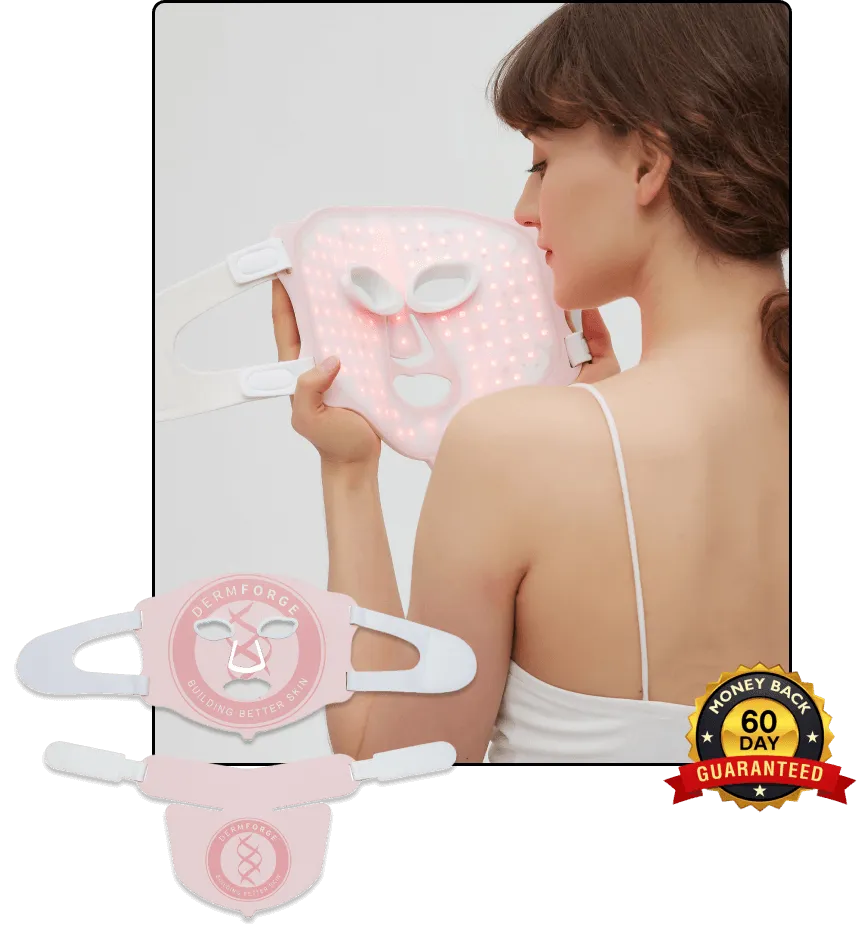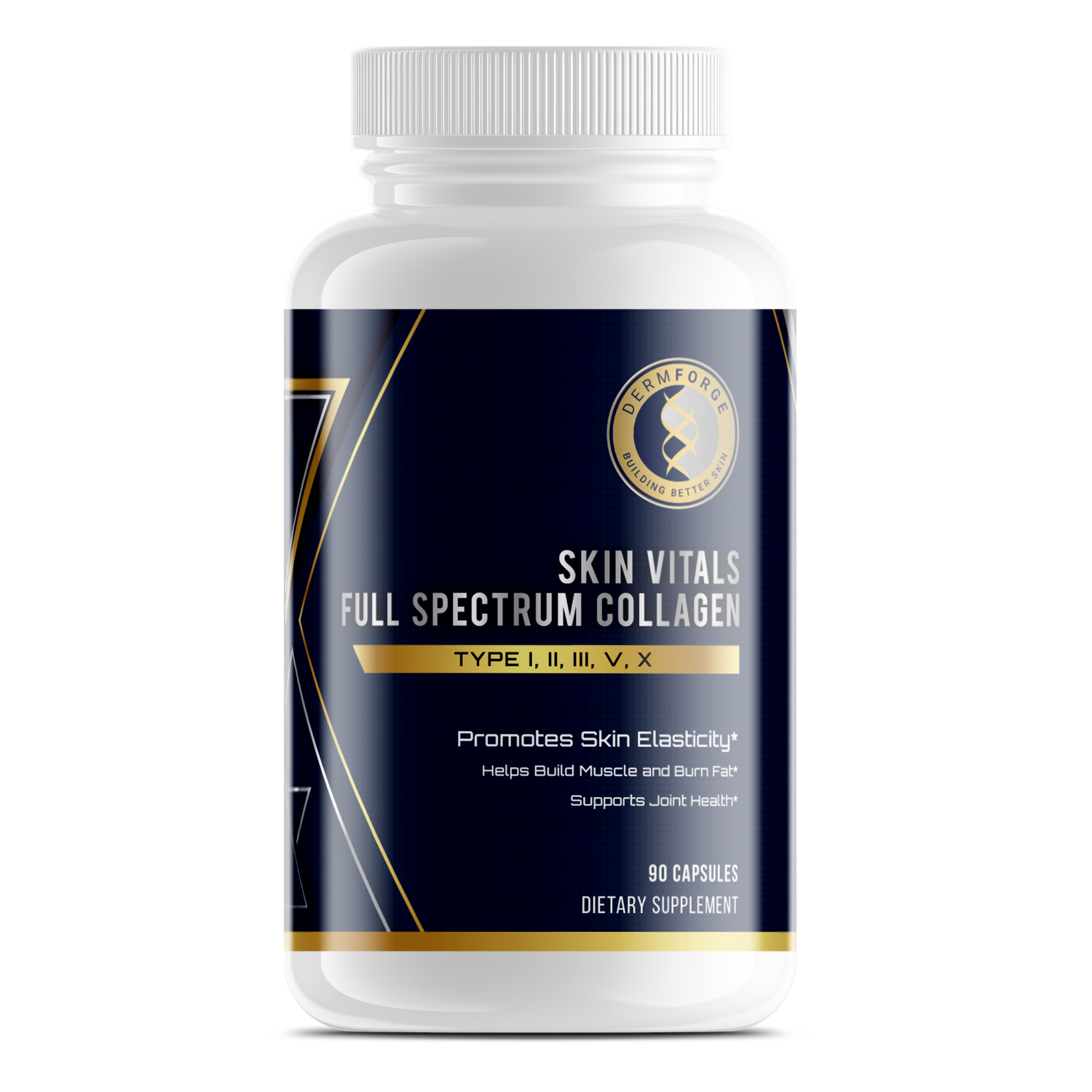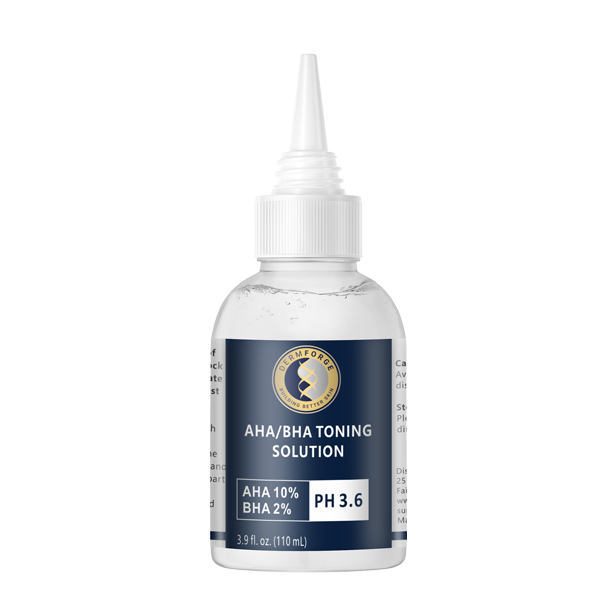Glycolic Acid Toner for exfoliation is a simple way to refresh your skin and improve texture without using harsh scrubs. It works by loosening dead skin cells from the surface, helping your complexion appear brighter and more even. Additionally, it can support smoother skin and reduce clogged pores with consistent use.
Because glycolic acid is a chemical exfoliant, it doesn’t require rubbing or friction. Therefore, it’s often better tolerated by sensitive or acne-prone skin. You can apply it a few times a week to start, then increase based on how your skin responds.
Many people use glycolic acid to address early signs of aging or post-acne marks. However, its benefits go beyond appearance. Regular use may help improve cell turnover and support a healthy-looking skin barrier. Additionally, it prepares your skin to better absorb moisturizers and serums.
You don’t need a complicated routine to make it work. A few consistent steps can often deliver noticeable results over time. However, you should pay attention to sun sensitivity while using it. Daily sunscreen is important for protecting the new skin it reveals.
If you're looking for a product that gently exfoliates while supporting long-term skin goals, this ingredient may help. Start slow, stay consistent, and give your skin time to adjust. With care, glycolic acid can become a useful part of your routine.
What is glycolic acid and how does it exfoliate the skin?
Glycolic acid is an alpha hydroxy acid (AHA) that exfoliates by dissolving dead skin cells and promoting cell turnover.
Glycolic acid is a well-known skincare ingredient that helps exfoliate the skin without using physical scrubs. It belongs to a group of ingredients called alpha hydroxy acids, or AHAs. Because it has a small molecular size, it can penetrate the skin more effectively than other acids.
This acid works by breaking down the glue-like substance that holds dead skin cells together. Therefore, it helps shed that top layer, revealing fresher skin underneath. Additionally, regular exfoliation can support smoother texture and a more even tone.
You may notice your skin feels softer after just a few uses. However, deeper benefits like improved clarity take more time. If you’re consistent, glycolic acid may help reduce clogged pores, fine lines, and dullness.
Glycolic Acid Toner for exfoliation is a popular choice because it’s easy to apply and doesn’t require rinsing. Moreover, it layers well with moisturizers and lightweight serums. Just apply it after cleansing and before other treatments.
Additionally, this ingredient promotes skin cell turnover, which supports brighter and healthier-looking skin. However, because it makes your skin more sensitive, it’s important to wear sunscreen daily.
Start slow if you’re new to glycolic acid. Apply it once or twice a week to see how your skin responds. Over time, you can increase frequency based on your comfort level.
If you’re looking for a way to refresh your skin without scrubbing, glycolic acid may be worth trying. With steady use, many people notice a clearer, more refined appearance.
Is glycolic acid good for anti-aging?
Yes, glycolic acid helps reduce fine lines, improve skin texture, and stimulate collagen, making it effective for anti-aging.
Glycolic acid is often recommended for addressing early signs of aging. It helps reduce the appearance of fine lines and uneven texture. Because it exfoliates the surface, it allows newer, smoother skin to show through more easily.
Additionally, glycolic acid supports collagen production beneath the skin. This process helps firm the surface and maintain elasticity over time. Therefore, regular use may result in a more youthful and refined appearance.
You don’t need to use high concentrations to benefit from it. Even a mild Glycolic Acid Toner for exfoliation can deliver noticeable improvements. However, results depend on your consistency and how well your skin tolerates the product.
Start with a low-strength formula and apply it a few times per week. This gives your skin time to adjust without irritation. Over time, you can increase frequency as needed.
Because glycolic acid improves cell turnover, it may also reduce dullness. Additionally, it can fade dark spots or discoloration from past sun exposure. These improvements often make the skin look brighter and more even.
However, you must wear sunscreen daily while using glycolic acid. Your skin becomes more sensitive to sunlight, even on cloudy days. Without protection, sun damage could cancel out your progress.
Many people use glycolic acid as a long-term part of their routine. With patience and regular use, it can help your skin look fresher and smoother. If you're focused on anti-aging, it may be worth considering.
Can glycolic acid help with acne and acne scars?
It can help clear clogged pores and fade post-acne marks by exfoliating the surface layer of the skin.
Glycolic acid may help if you struggle with breakouts or leftover acne marks. It works by lifting dead skin cells from the surface. This keeps your pores clearer and reduces the buildup that can lead to clogged follicles.
Additionally, glycolic acid can support fading of post-acne marks. It gradually exfoliates discolored areas and smooths uneven patches. Therefore, consistent use may result in a clearer, more even skin tone over time.
Because it encourages faster cell turnover, it helps skin recover from breakouts more efficiently. You may notice fewer new blemishes and brighter skin overall. However, you should start slowly to avoid irritation, especially if your skin is sensitive.
A Glycolic Acid Toner for exfoliation is a common option for acne-prone skin. It’s easy to apply and doesn't require scrubbing. Additionally, toners layer well with serums or moisturizers, so you can keep your routine simple.
However, you should avoid layering glycolic acid with strong acne treatments like retinoids or benzoyl peroxide. This helps prevent dryness or redness. If needed, alternate days or apply them at different times.
You may start to see results in a few weeks. Red spots may fade gradually as your skin texture improves. Additionally, exfoliation can prevent new clogged pores from forming.
With regular use, glycolic acid may help you manage both active breakouts and the marks they leave behind. Just stay consistent and protect your skin from the sun during treatment.
How often should I use glycolic acid on my skin?
Most people start with 1–3 times per week, increasing frequency based on skin tolerance and product strength.
You don’t need to use glycolic acid daily to see benefits. Most people start with one to three applications per week. This gives your skin time to adjust without causing dryness or irritation.
However, how often you use it depends on your skin type and the product strength. Lower concentrations may be used more frequently with fewer side effects. Additionally, sensitive skin types may need longer breaks between applications.
If your skin handles it well, you can gradually increase frequency. Therefore, many people work up to using glycolic acid every other day. However, using it too often can cause redness or peeling, especially in dry areas.
A Glycolic Acid Toner for exfoliation is easy to apply and allows controlled use. You can swipe it on clean skin with a cotton pad. Additionally, it pairs well with calming products like moisturizers or hydrating serums.
Always observe how your skin reacts after each use. If it feels irritated, reduce your application frequency for a few days. However, if it feels smooth and calm, you may continue with your current routine.
Additionally, only apply glycolic acid at night or with sun protection during the day. The ingredient increases sun sensitivity and may lead to unwanted pigmentation. Therefore, sunscreen becomes a necessary part of your routine.
Be consistent, but don’t rush. With steady use, glycolic acid may help your skin feel smoother and appear more even over time. Your skin will let you know what frequency works best.
Can I use glycolic acid with other skincare ingredients?
Yes, but you should avoid mixing it with strong retinoids or other acids to prevent irritation.
You can safely combine glycolic acid with many skincare products, but you should be selective. Some ingredient combinations may cause irritation. Therefore, it’s best to avoid layering glycolic acid with other strong acids or prescription retinoids.
However, you can use it alongside gentle moisturizers, peptides, and hydrating serums. These products may help offset dryness and support skin recovery. Additionally, applying glycolic acid on different days from stronger treatments may reduce the chance of over-exfoliation.
A Glycolic Acid Toner for exfoliation fits well into a routine when used with calming or barrier-supporting products. Apply it after cleansing and follow up with a simple moisturizer. This method helps minimize side effects while still delivering visible results.
If you're using vitamin C in the morning, wait until nighttime to apply glycolic acid. Mixing the two can sometimes cause redness. However, alternating them between day and night may offer benefits without discomfort.
Additionally, avoid using physical scrubs on the same day as glycolic acid. The combination can lead to broken skin or increased sensitivity. Therefore, keep exfoliation methods simple and spaced out.
Always observe how your skin reacts when trying new combinations. If irritation occurs, reduce use and focus on hydration. Over time, your skin may build tolerance, allowing more flexibility in your routine.
Start slow, keep your routine balanced, and adjust based on your skin’s needs. With care, glycolic acid can work well with many other products in your regimen.
Does glycolic acid make your skin more sensitive to the sun?
Yes, glycolic acid can increase sun sensitivity, so daily sunscreen use is strongly recommended.
Glycolic acid can make your skin more sensitive to the sun, even on cloudy days or during short exposure. It removes the outer layer of dead skin cells, which normally helps protect your skin. Therefore, newly exposed skin becomes more vulnerable to UV damage.
Additionally, the increased sensitivity may lead to redness, irritation, or sunburn if you're not careful. That’s why sunscreen should always follow your morning routine. However, if you use glycolic acid at night, sun protection the next day is still important.
You can reduce risk by applying a broad-spectrum SPF of at least 30 every morning. Reapply if you’re outdoors or near windows for long periods. Additionally, wearing hats or avoiding direct sun may help protect your skin.
Using a Glycolic Acid Toner for exfoliation at night can lower the chance of immediate sun exposure. Apply a calming moisturizer after use to support the skin barrier. However, you should still stay consistent with your sun protection during the day.
If you skip sunscreen while using glycolic acid, you may develop dark spots or uneven tone over time. Therefore, protecting your skin helps maintain the benefits of exfoliation without added damage.
With regular sunscreen use, glycolic acid remains a helpful part of many skincare routines. It just requires a little extra care. Add sun protection as a daily habit, and you’ll support healthier, clearer skin in the long run.
Conclusion
Glycolic acid can be a helpful addition to your skincare routine when used properly and consistently. It supports smoother, brighter skin by removing dead cells from the surface. Additionally, it helps address signs of aging, acne, and uneven tone.
You don’t need to apply it daily to get results. Starting a few times a week gives your skin time to adjust. However, the benefits build with regular use, especially when paired with a calming moisturizer and sunscreen.
A Glycolic Acid Toner for exfoliation offers a simple way to apply the ingredient without disrupting your routine. You can use it at night and follow with a gentle, hydrating product. This method helps reduce the risk of dryness or irritation.
Additionally, pay attention to how your skin responds. You may need to adjust the frequency or layer with soothing products. However, with patience, many people see improvements in clarity, texture, and tone.
Always wear sunscreen during the day while using glycolic acid. New skin is more sensitive to sunlight and prone to damage. Therefore, daily protection helps maintain your progress and avoid setbacks.
Give your skin time to respond. Results come gradually, especially for concerns like fine lines or acne marks. However, consistency often makes the biggest difference over time.
With the right approach, glycolic acid can support long-term skin improvements. Keep your routine simple, steady, and well-balanced.






